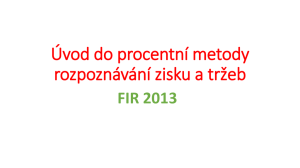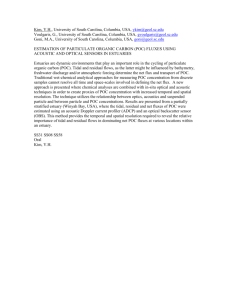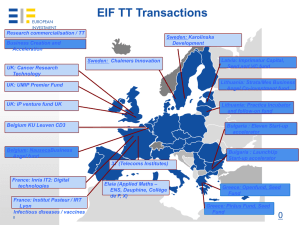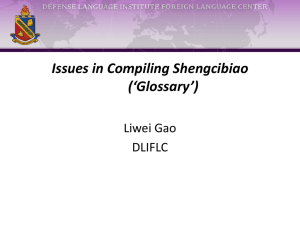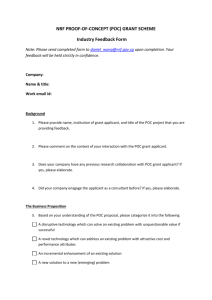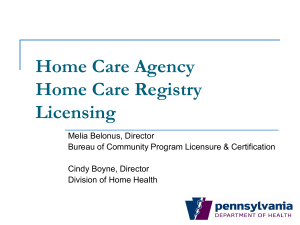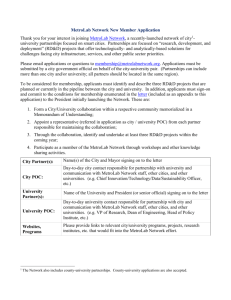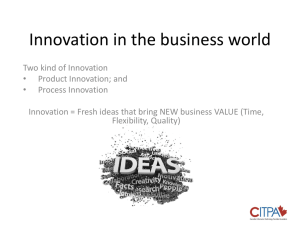TTANGO (Test, Treat and GO.....)
advertisement
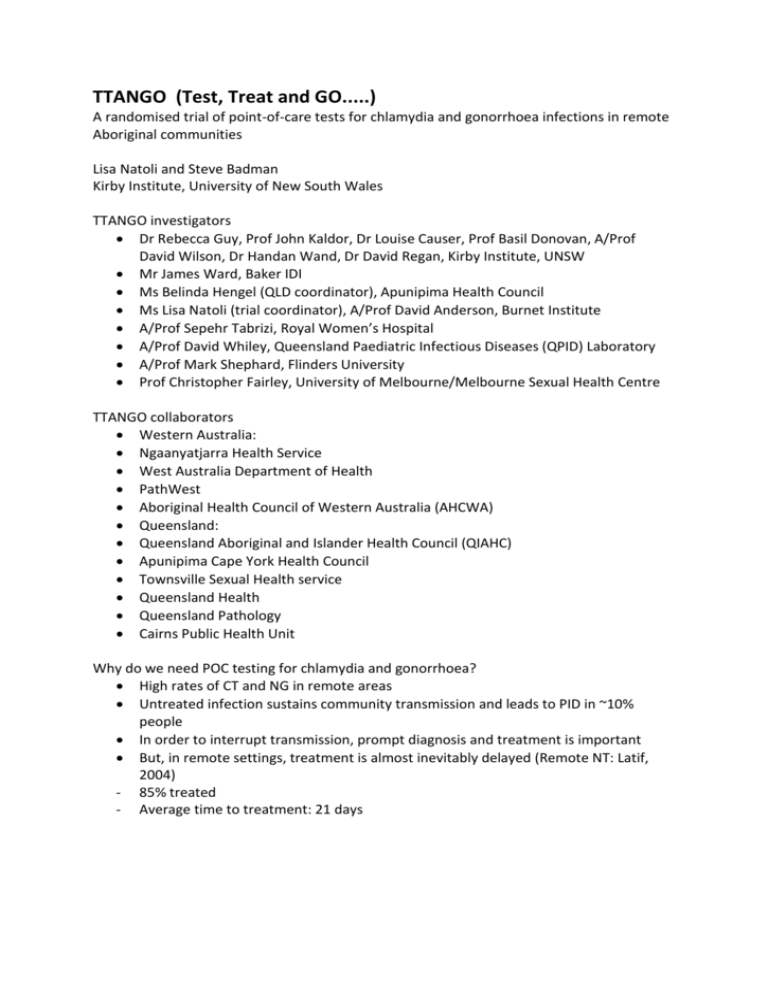
TTANGO (Test, Treat and GO.....) A randomised trial of point-of-care tests for chlamydia and gonorrhoea infections in remote Aboriginal communities Lisa Natoli and Steve Badman Kirby Institute, University of New South Wales TTANGO investigators Dr Rebecca Guy, Prof John Kaldor, Dr Louise Causer, Prof Basil Donovan, A/Prof David Wilson, Dr Handan Wand, Dr David Regan, Kirby Institute, UNSW Mr James Ward, Baker IDI Ms Belinda Hengel (QLD coordinator), Apunipima Health Council Ms Lisa Natoli (trial coordinator), A/Prof David Anderson, Burnet Institute A/Prof Sepehr Tabrizi, Royal Women’s Hospital A/Prof David Whiley, Queensland Paediatric Infectious Diseases (QPID) Laboratory A/Prof Mark Shephard, Flinders University Prof Christopher Fairley, University of Melbourne/Melbourne Sexual Health Centre TTANGO collaborators Western Australia: Ngaanyatjarra Health Service West Australia Department of Health PathWest Aboriginal Health Council of Western Australia (AHCWA) Queensland: Queensland Aboriginal and Islander Health Council (QIAHC) Apunipima Cape York Health Council Townsville Sexual Health service Queensland Health Queensland Pathology Cairns Public Health Unit Why do we need POC testing for chlamydia and gonorrhoea? High rates of CT and NG in remote areas Untreated infection sustains community transmission and leads to PID in ~10% people In order to interrupt transmission, prompt diagnosis and treatment is important But, in remote settings, treatment is almost inevitably delayed (Remote NT: Latif, 2004) - 85% treated - Average time to treatment: 21 days Implications of delayed treatment Time to treatment CT/NG infections % PID PID cases Onward Transmission 0-7 d 20% 2000 0% 0 Unlikely 1-4 w 30% 3000 2-3% 100 Likely 1-12 m 30% 3000 7.5% 225 Likely No Tx 20% 2000 10% 200 Very likely Objectives of TTANGO trial Whether use of CT and NG POC testing by health services in remote Aboriginal communities: - Increases uptake of treatment - Increases timeliness of treatment - Decreases persistent infection rates - Is acceptable to patients and staff - Impacts on client flow - Is cost-effective TTANGO RCT Clinic-randomised cross-over design - 12 health care services, remote/regional QLD and WA - Predominantly seeing Aboriginal people - Population size of 200-300 (16-29 yr olds) - Capacity to test 150 people in target age range, annually - Agree to be randomly assigned to POC/routine lab testing - Electronic patient management system Year 1 Year 2 6 services POC + routine lab test Routine lab test 6 services Routine lab test POC + routine lab test New POC technology Xpert - PCR test (Cepheid) Performance on par with standard laboratory testing Provides CT and NG result simultaneously Urine & swab specimens <1 min prep, 90 min to result One cartridge per sample, 4 tests at once Results downloaded to computer Prior to start up Site assessment over phone Introductory visit, discussion and signing of participation agreement, outlining: - responsibilities of TTANGO team and health services - principles of confidentiality and data ownership, - processes for community reporting of findings and public release of study results - incentive payments - ethics and governance Point of care year 3 visits from TTANGO coordinator plus phone/email support to - integrate POC testing into routine management - achieve best practice STI testing and management, consistent with guidelines Specimens sent for lab testing (as per standard care) POC results documented in a study log STI management based on POC result POC training (~1 day), competency certificate Regular data reports on testing, re-testing, positive tests, time to treatment Point of care year Staff participate in satisfaction questionnaire (~10 mins) and interview (~45 mins) Staff assist with patient satisfaction questionnaire (~5 mins); $30 incentive for each completed questionnaire Participate in ongoing quality management of POC testing - monthly testing of one specimen - testing of five ‘mailed’ specimens at start up (with TTANGO staff during training) and at 6 months Routine practice year 2 visits from TTANGO coordinator plus phone/email support Routine STI testing and management maintained Trial staff will support health services (where required) to achieve best practice STI testing and management, consistent with guidelines Regular data reports on testing, re-testing, positive tests, time to treatment Benefits of participation? • Immediate treatment, less follow up • Reduction in short and long term adverse consequences of CT/NG infections • Staff training • Regular data reports • Health service incentive payments on the basis of testing and re-testing targets (up to max of 150 tests): POC year: $20/POC test. $30 for each re-test Routine practice year: $10/test. $30 for each re-test Questions? Useful Links • If your interested then take a look at the Cepheid Testing Machine on Youtube – click below http://www.youtube.com/watch?v=MlwPgV-O59s • Or type this URL into your browser for an overview and explanation of how these machines work across a range of settings. • How to contact us for more information • Lisa Natoli: lisan@burnet.edu.au Ph: 0435 016 146 • Steve Badman: sbadman@kirby.unsw.edu.au Ph: 0451 429 405

